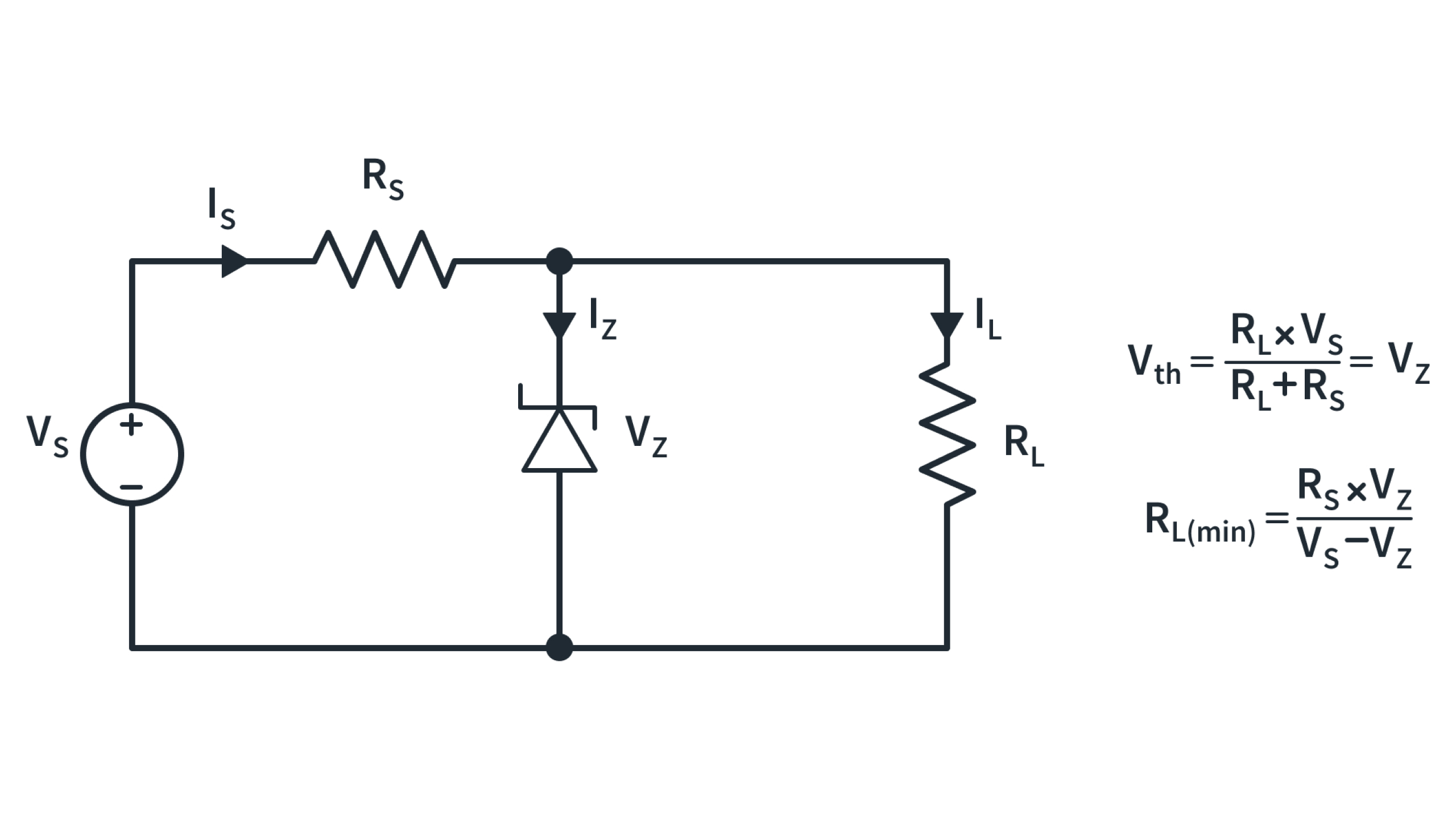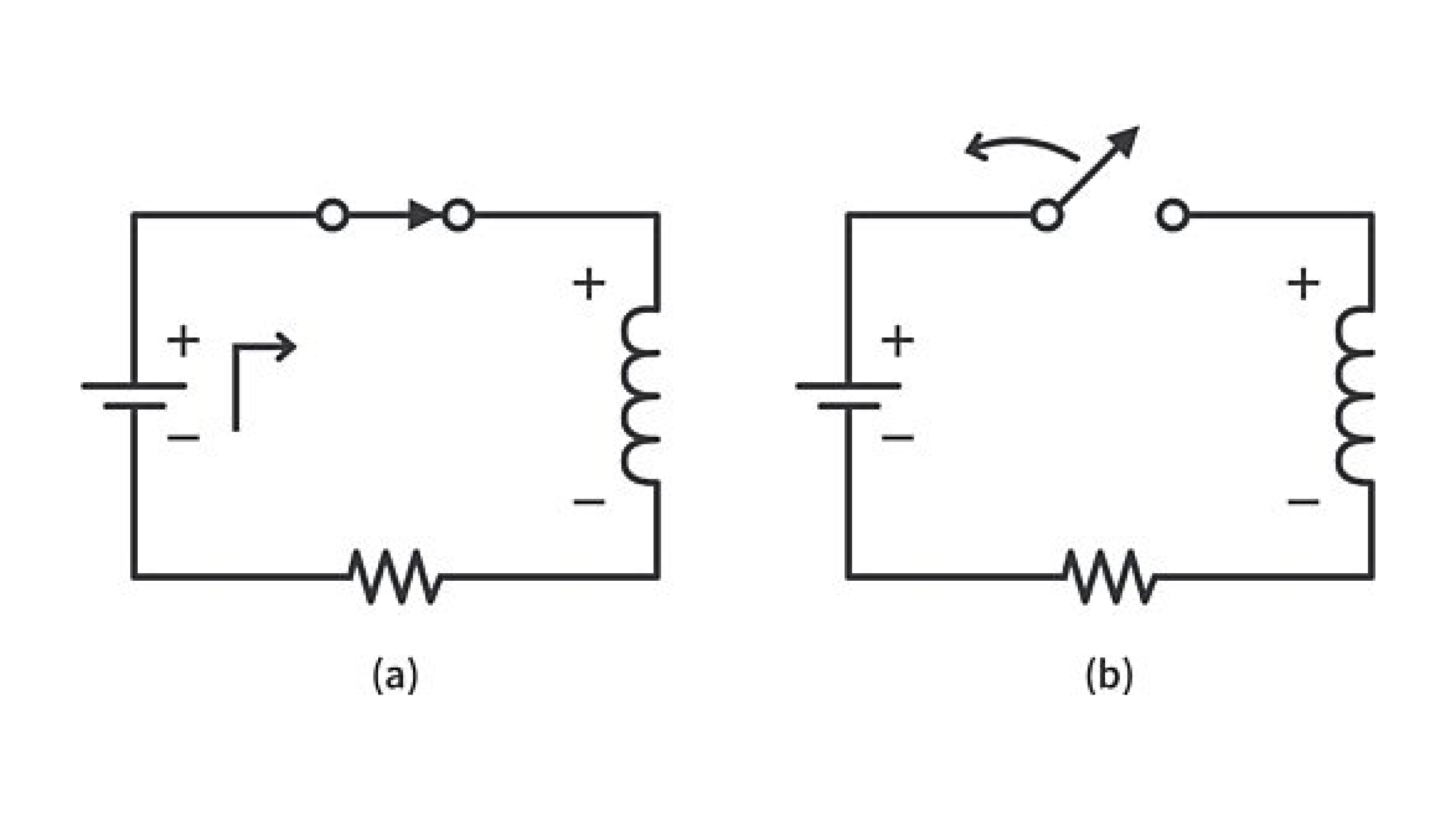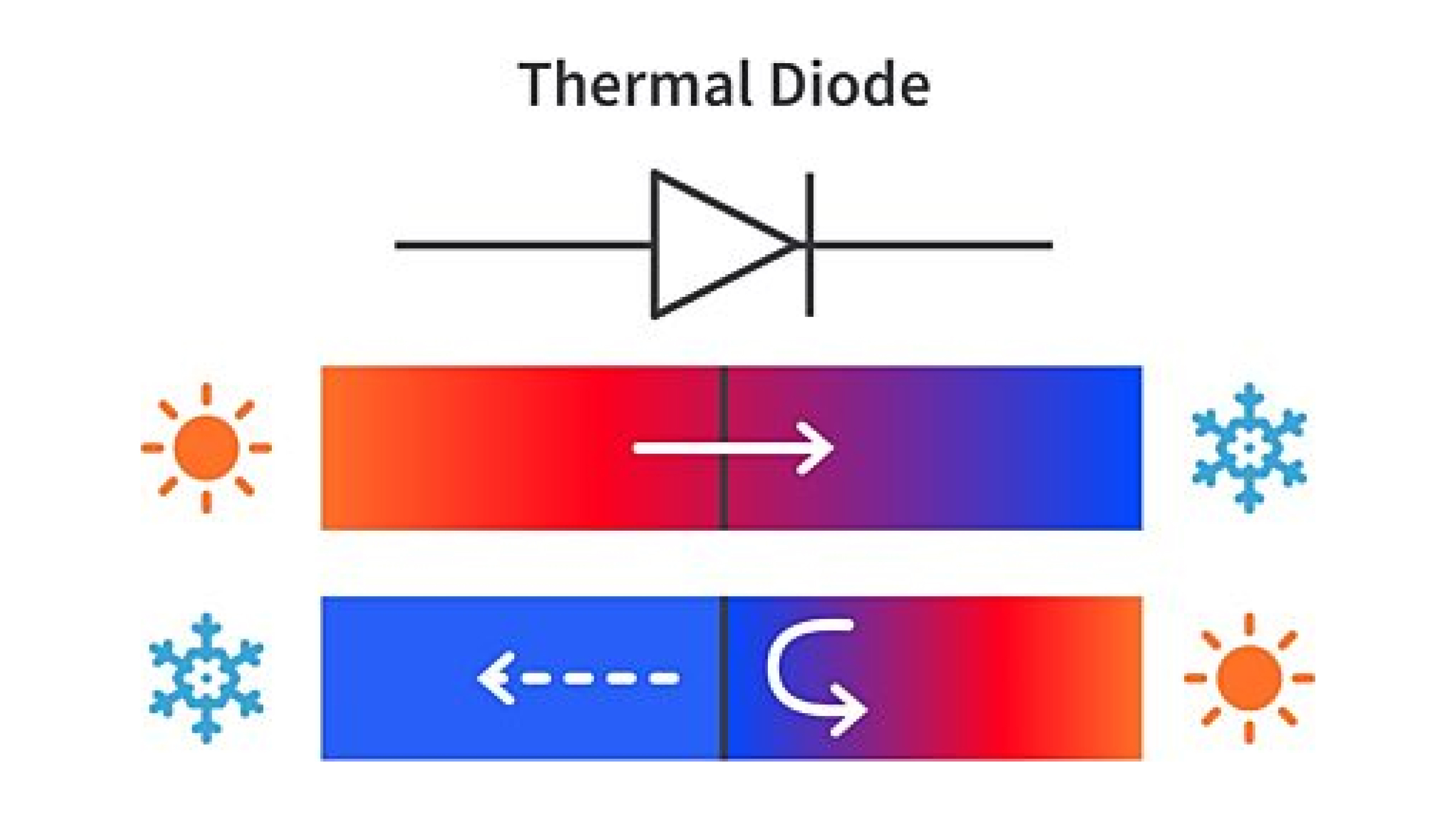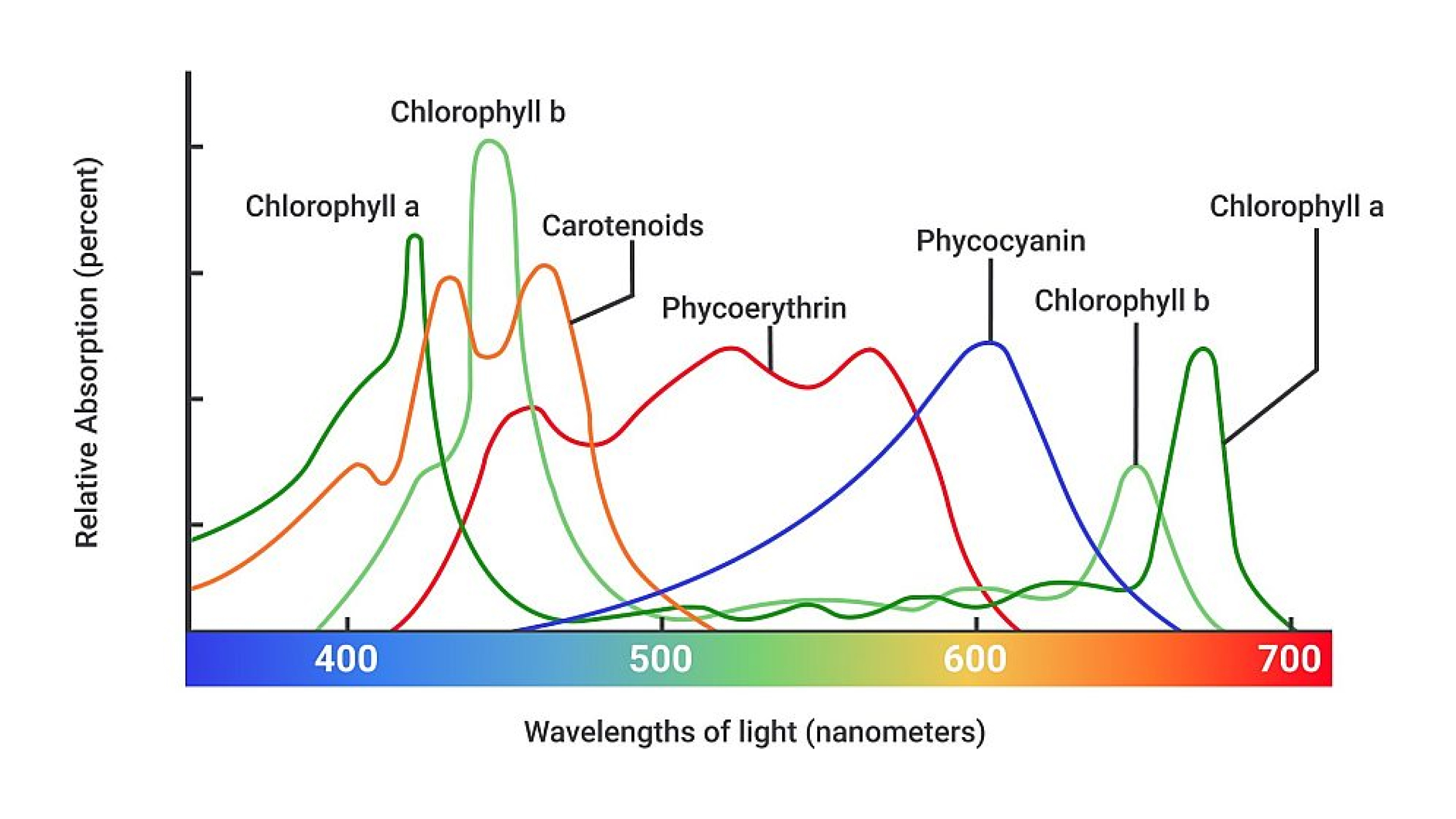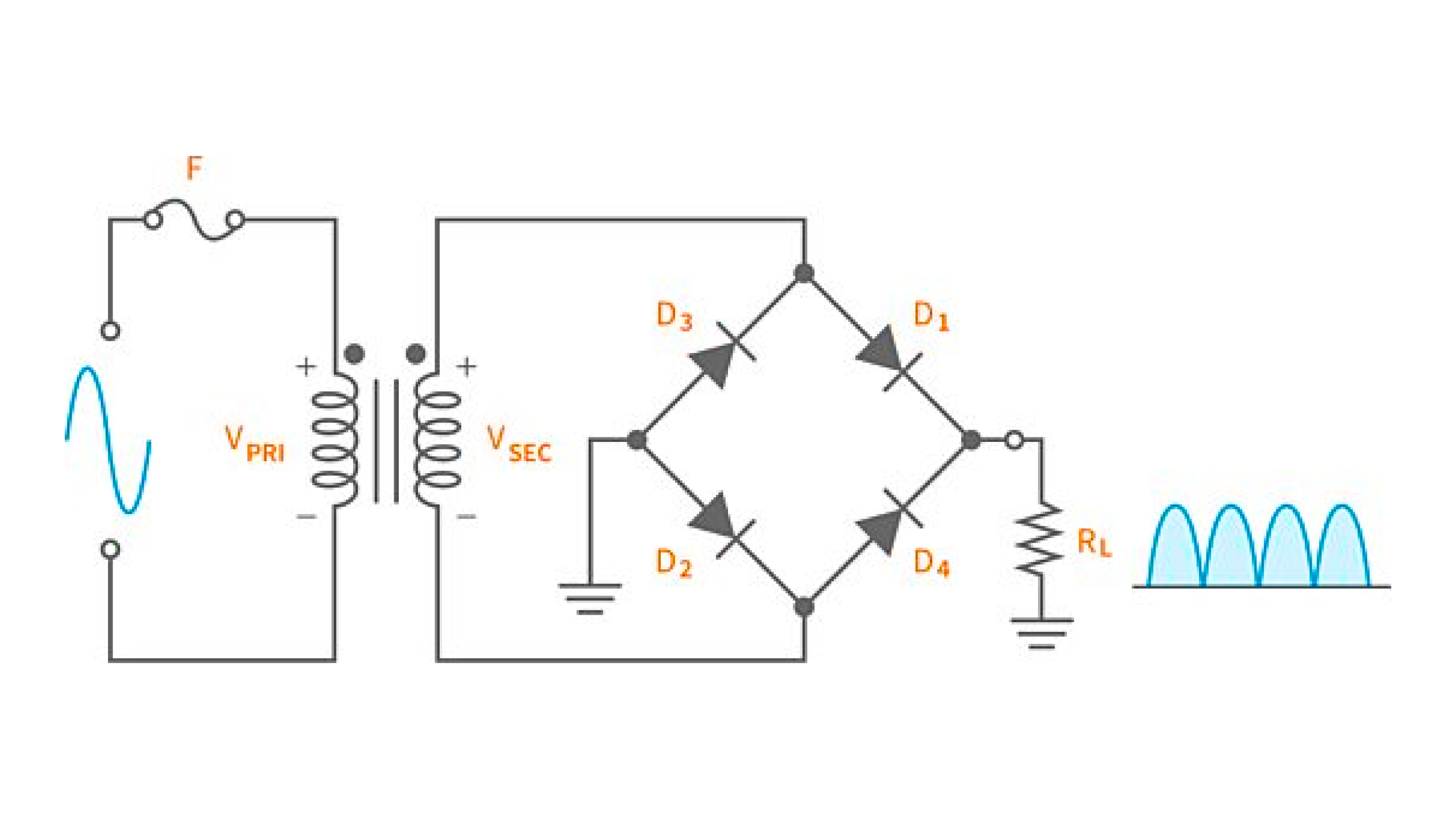How does a diode work? (Part 2 - Forward Bias)
Published
In our discussion with the pn junction, we mentioned that the pn junction is the basis for diodes. Diodes are one of the most widely used devices in electronics and they have the ability to conduct current in one direction when forward-biased and block it in the other direction when reverse-biased. In this tutorial, we are going to discuss about the basic structure of a diode and learn how to operate it in the forward bias condition.
Diode Basic Structure
A semiconductor diode is a two-terminal device in which half of it is doped as a p region and the other half is doped as an n region. Between the p and n regions are the pn junction and the depletion region. The p region is called the anode while the n region is called the cathode and each of them is connected to a conductive terminal.

Forward Bias
Biasing basically means applying a DC voltage across an electronic component and as mentioned earlier, a diode can be forward-biased or reverse-biased. In forward bias condition, the current is allowed to pass through the pn junction. But one requirement to forward-bias a diode is that the negative side of the external bias voltage must be connected to the cathode or n region of the diode and the positive side of the external bias voltage to the anode or the p region. The second requirement is, the external bias voltage must be greater than the barrier potential. When these two requirements are met, the diode is forward-biased.

Now, when a diode is forward-biased, the negative side of the external bias voltage pushes the majority carriers in the n region, which are free electrons, toward the pn junction. It also provides a continuous flow of electrons into the n region through the external connection or the conductor. The movement of the free electrons here is called electron current.

With the help of the external bias voltage, the free electrons can now overcome the barrier potential of the depletion region and move on through into the p region. The external bias voltage provides enough energy but since it takes so much energy to overcome the barrier potential, once the free electrons pass through the junction, they immediately combine with the holes in the valence band and become valence electrons. Then after that, these valence electrons start to move toward the left end of the p region because they are attracted to the positive side of the external bias voltage. The holes in the p region become the pathway for the valence electrons. As the valence electrons move to the left, the holes, which are the majority carriers in the p region, also move to the right toward the junction. This hole movement can be considered as the hole current, or, we can also think that the hole current is produced because the holes provide a pathway so that the valence electrons can move through the p region.

As the valence electrons leave the p region and flow through the external connection or the conductor, they leave holes behind in the p region. So there’s also a continuous availability of holes moving toward the pn junction. The valence electrons also immediately turn into free electrons because, as what we have discussed in our previous tutorial, it takes almost no amount of energy for an electron in a conductor to jump from the valence into the conduction band, since the valence band and the conduction band in a conductor overlap.
The Effect of Forward Bias on the Depletion Region

So what happens to the depletion region when we forward-biased a diode? As more electrons and holes flow into the depletion region, the number of positive and negative charges is reduced. Since the depletion region was formed because of the two layers of positive and negative charges, the decrease in the number of the positive and negative charges causes the depletion region to narrow.
The Effect of the Barrier Potential During Forward Bias

When a diode is forward-biased, the external bias voltage provides energy to the free electrons so that they can overcome the barrier potential. Now, these electrons give up an amount of energy equal to the barrier potential when they will cross the depletion region. As a result, there will be a voltage drop across the pn junction, which is usually around 0.7V and an additional voltage drop due to the internal resistance. The internal resistance is called dynamic resistance and is usually ignored since it’s very small. You will notice this voltage drop due to the barrier potential when you’ll start working with diodes.
Energy diagram at Forward Bias condition

From the point of view of an energy diagram, forward biasing a diode increases the electron density in the conduction band of its n region. We will see that the energy levels of the valence and conduction bands in the n region are elevated allowing free electrons to cross the junction. A key to understanding this is that electrons want to move down and holes want to move up. So, by pushing the n region up more, the electrons can “drop” into the valence band or, if they have sufficient energy, can move directly into the conduction band of the p type material. Also, note that the depletion region is narrower at forward biased equilibrium.
Summary
In this tutorial, we discussed the basic structure of a diode and its operation in the forward biased condition. We also discussed what happens to the depletion region during forward bias, the effect of the barrier potential, and the energy diagram. If you have any questions, leave it in the comments below and if you’ve found this interesting or helpful, give it a like and subscribe to our channel!
Check Yourself
10 Questions

Get the latest tools and tutorials, fresh from the toaster.


